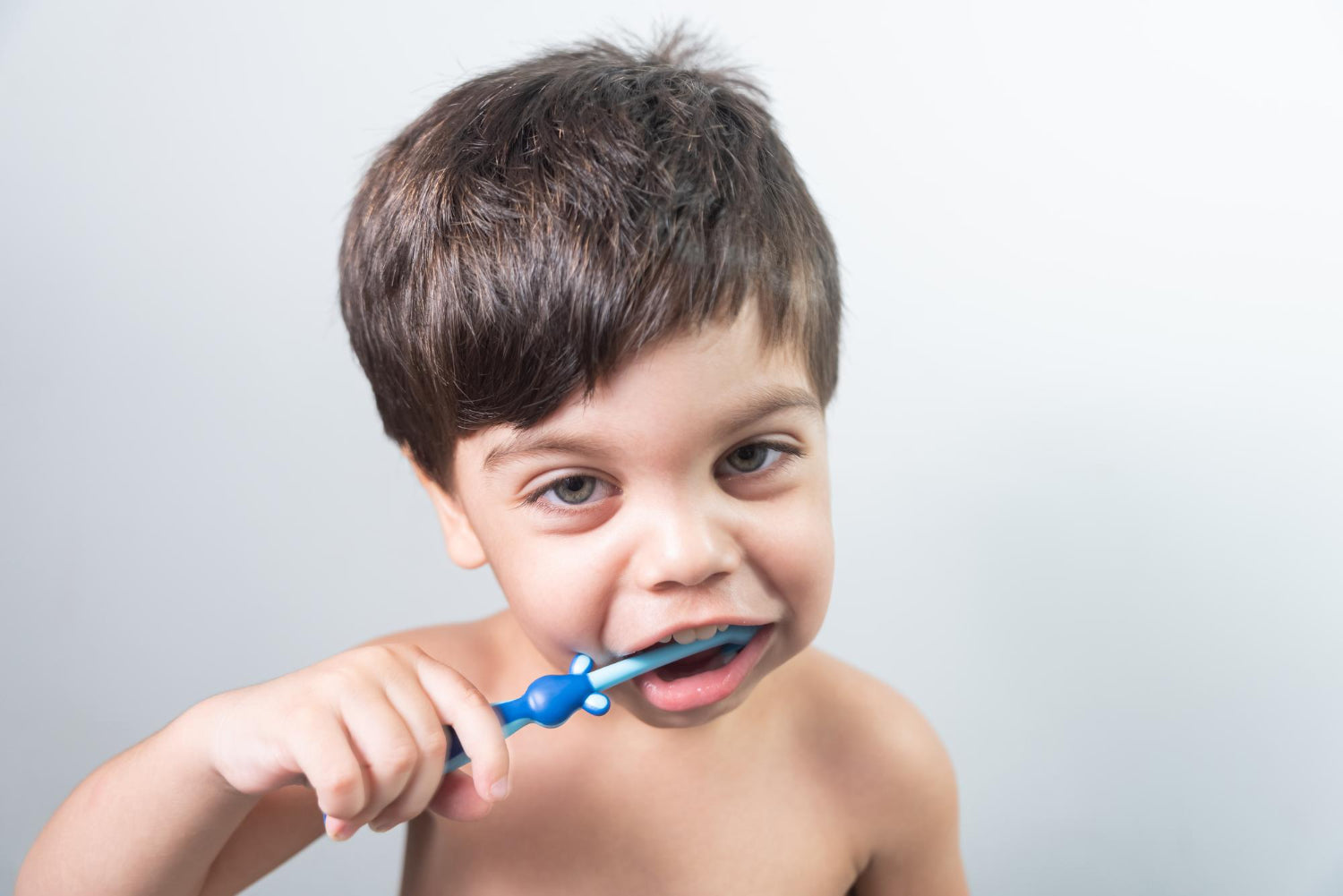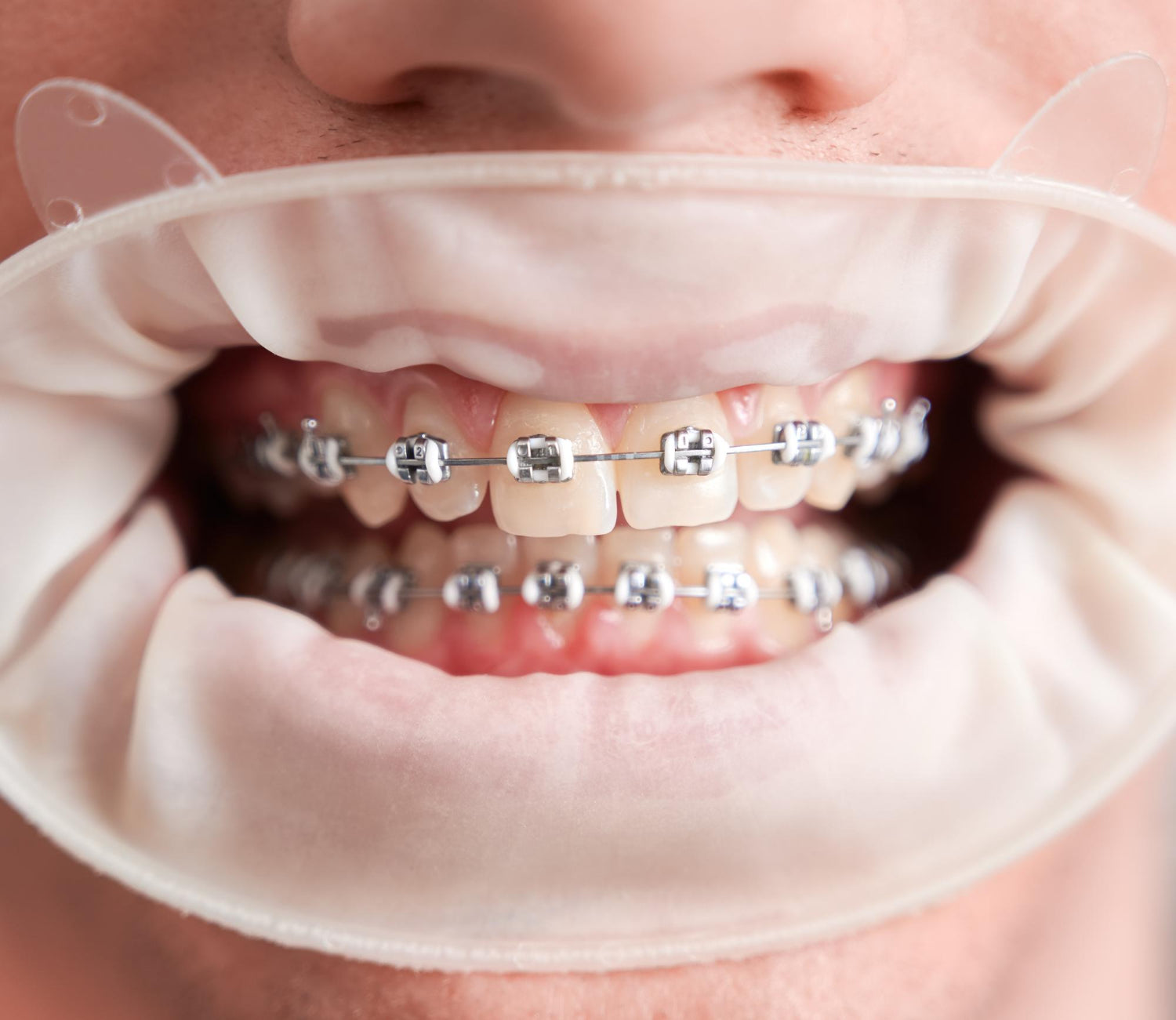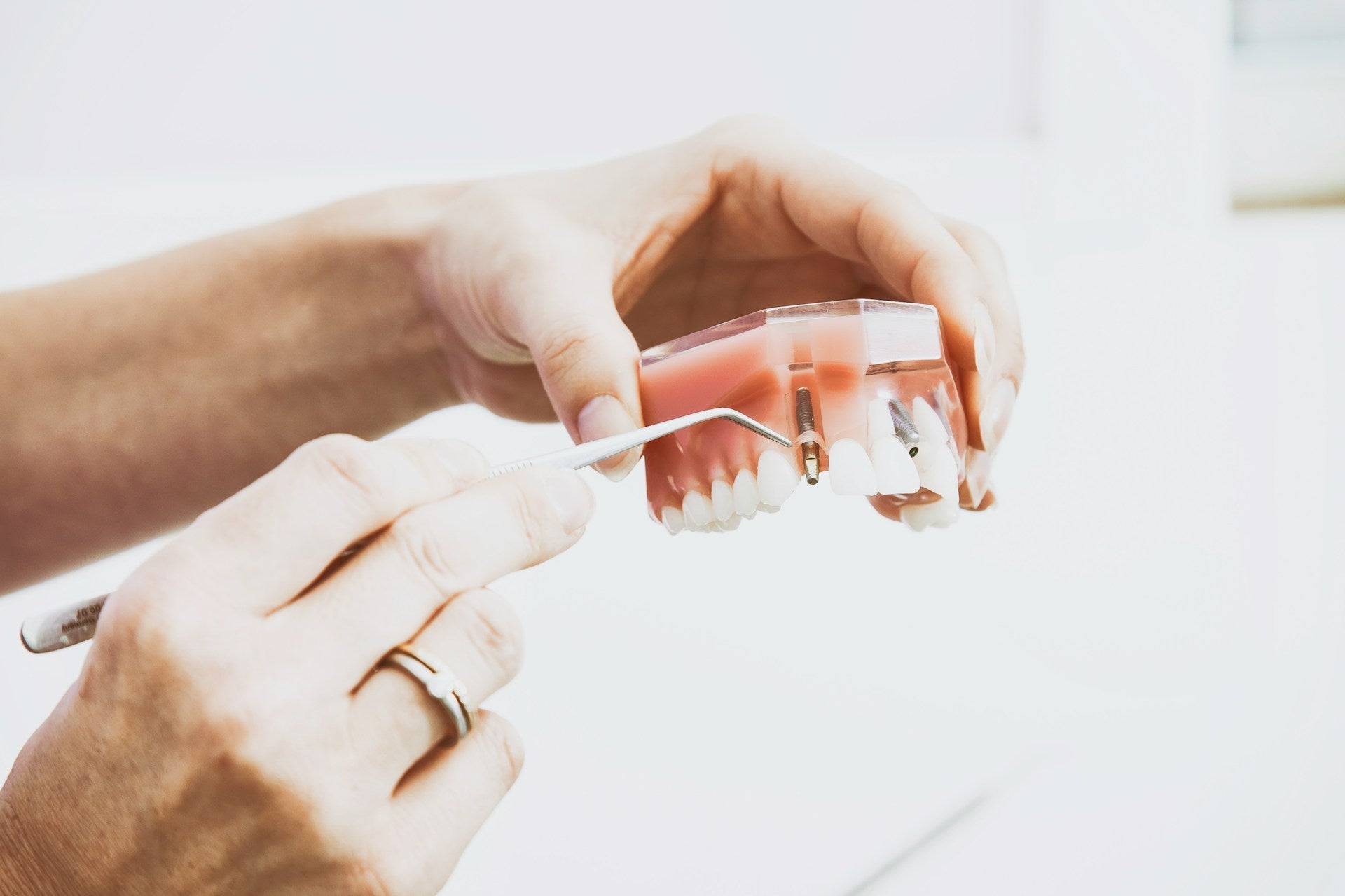Milk teeth eventually fall out, but good care is still important for a variety of reasons. If baby teeth are lost before their time, an important spaceholder for the permanent teeth is missing. In addition, correct bite development is made more difficult because neighboring baby teeth can push their way into the premature gap. This interferes with the eruption of the permanent teeth that have grown in the jaw.
Unfortunately, baby teeth are particularly susceptible to decay because they are softer and therefore more easily attacked by sugar or acid. Particular care is required because milk teeth are small and therefore have a comparatively large nerve content. Caries therefore quickly reaches the dental nerve, which also has an impact on the permanent teeth.
So there are many good reasons for careful care of the milk teeth. And what is the best way to do this? Which toothpaste is recommended? At what age do electric toothbrushes make sense?
Fluoride: Important from the first tooth
Use a toothpaste containing fluoride, because fluorides inhibit damage to tooth enamel and at the same time repair damaged tooth surfaces. Scientific research has shown that fluorides act primarily locally through contact with tooth surfaces. In the first two years of life, it is sufficient to use a children's toothpaste with a fluoride content of 500 ppm once a day. After the second birthday, a pea-sized amount of toothpaste should be used twice a day.
In the first few years, parents usually take care of cleaning the teeth. A fixed morning and evening ritual helps the child to understand that brushing teeth is part of life. After the parents have cleaned the teeth, the child is allowed to pick up the child's toothbrush with soft bristles to get a feel for it and develop a positive relationship with brushing.
Electric brushing from the 4th birthday
Depending on the stage of development, the child takes over the cleaning of the milk teeth step by step from around the age of three or four. Then electric toothbrushes can also be used.
The advantage is that an electric toothbrush moves independently, so that possible motor deficits in handling can be compensated well.
Almost all manufacturers of electric toothbrushes offer special models for children. Bright colors and childlike motifs are designed to motivate children to use the toothbrush regularly and with pleasure. There are now even interactive toothbrushing apps with rewards for successful brushing to help children learn the correct toothbrushing technique through play.
However, the decisive factor for oral hygiene is not the design or supplementary offers, but the quality of the brush head. On the one hand, the brush head should be small so that the back molars can also be reached comfortably. Secondly, it is important that the bristles are soft and well rounded so that children's sensitive gums are not damaged.
As with adults, the same applies to children: Good oral hygiene is also possible with conventional manual toothbrushes. However, electric toothbrushes make brushing easier. Brushing mistakes are more likely to be forgiven because the brush does most of the work. This significantly increases the chances of really clean milk teeth.




Leave a comment
All comments are moderated before being published.
This site is protected by hCaptcha and the hCaptcha Privacy Policy and Terms of Service apply.